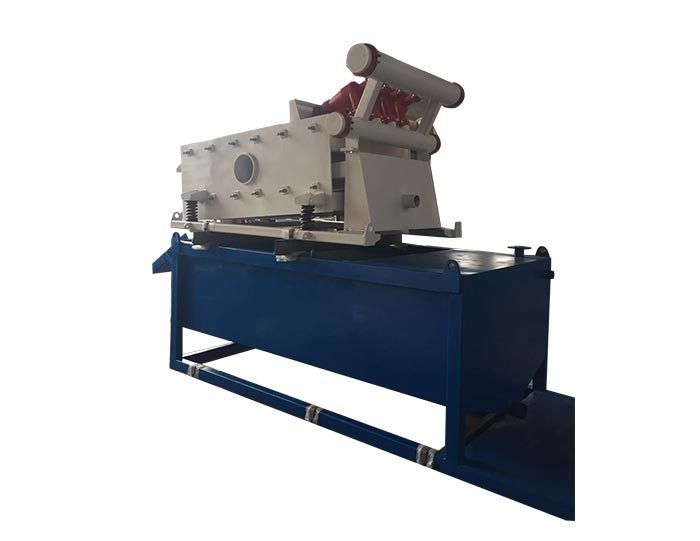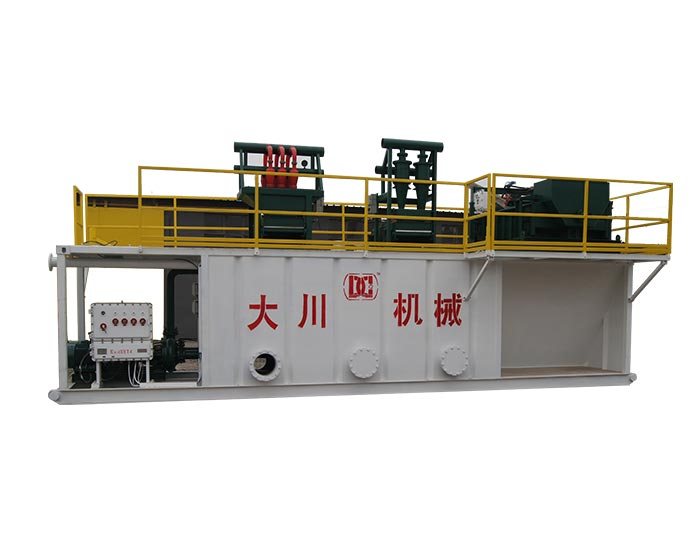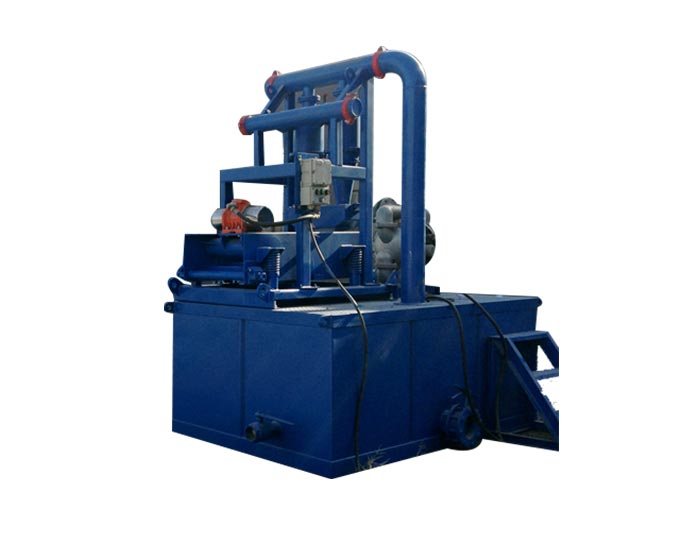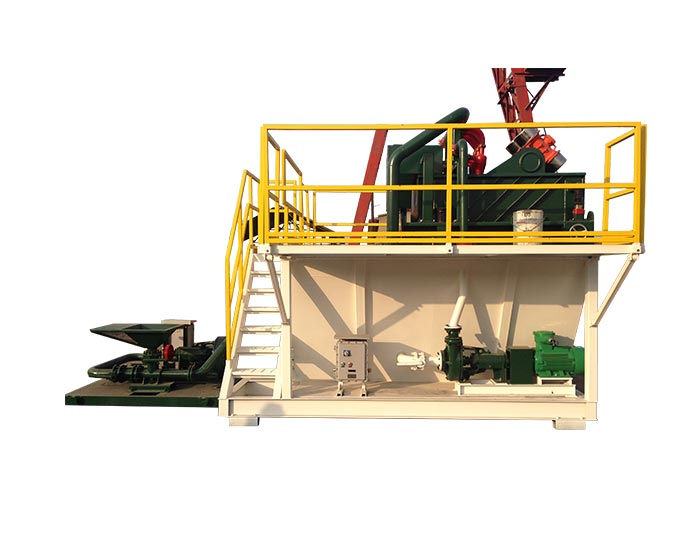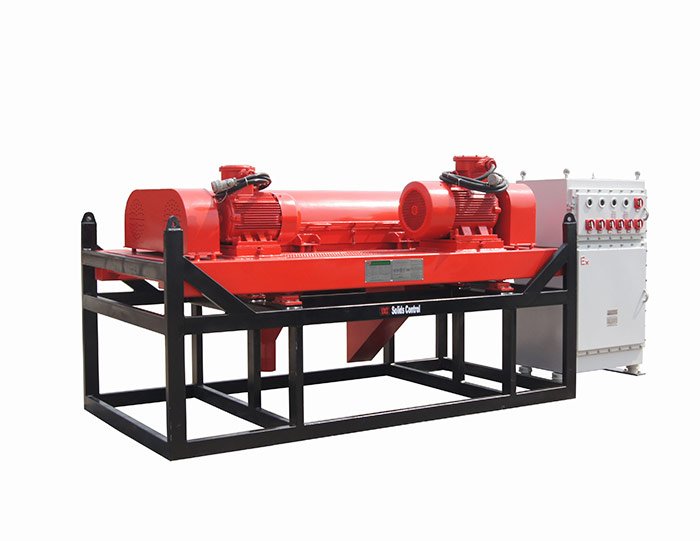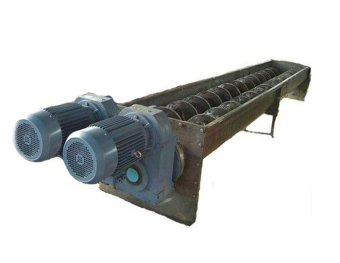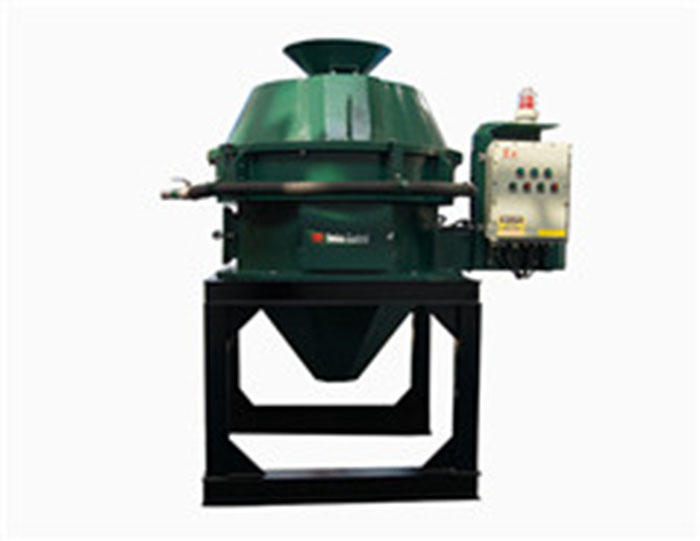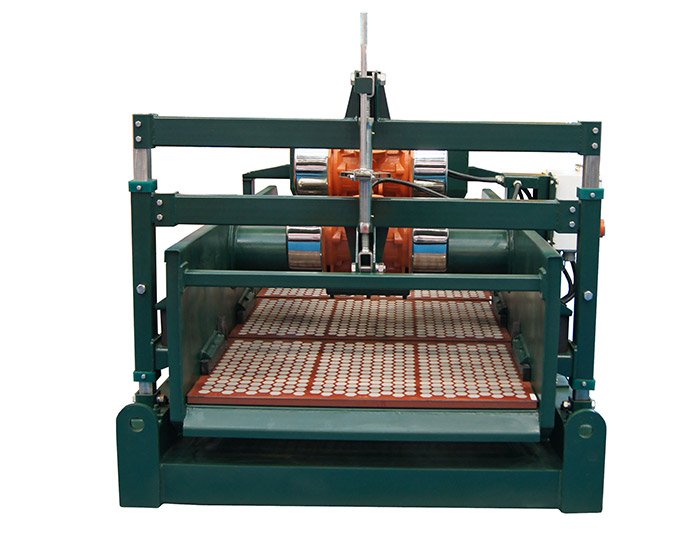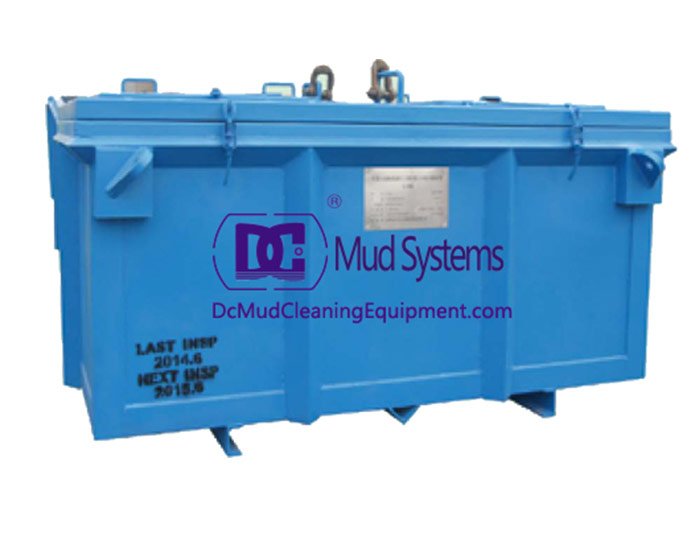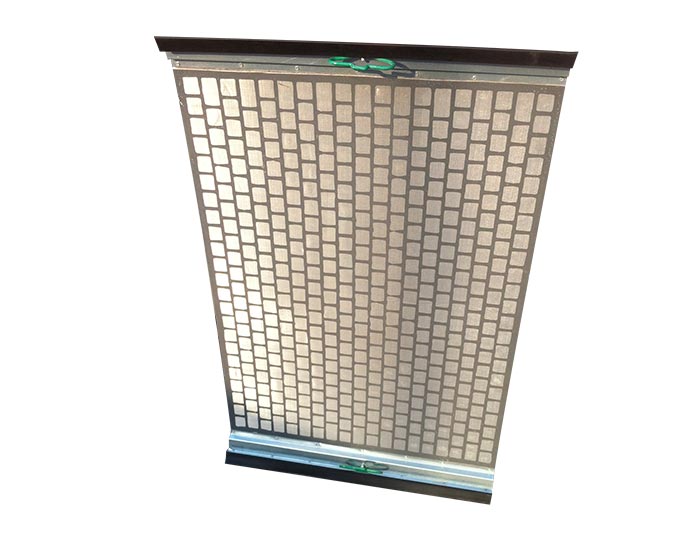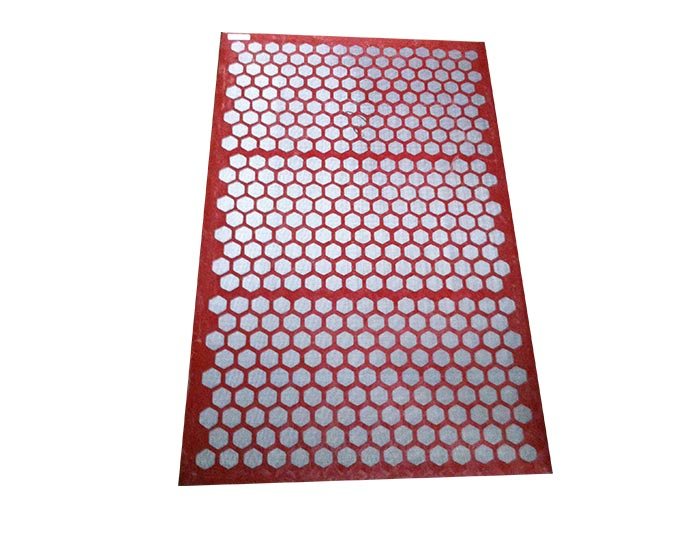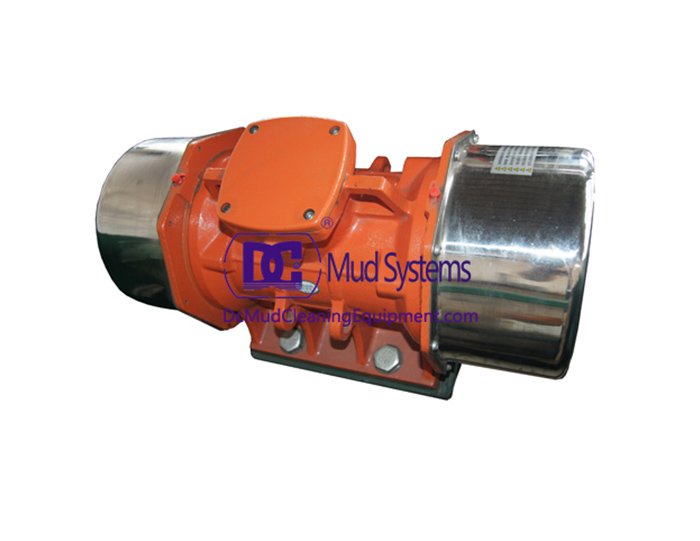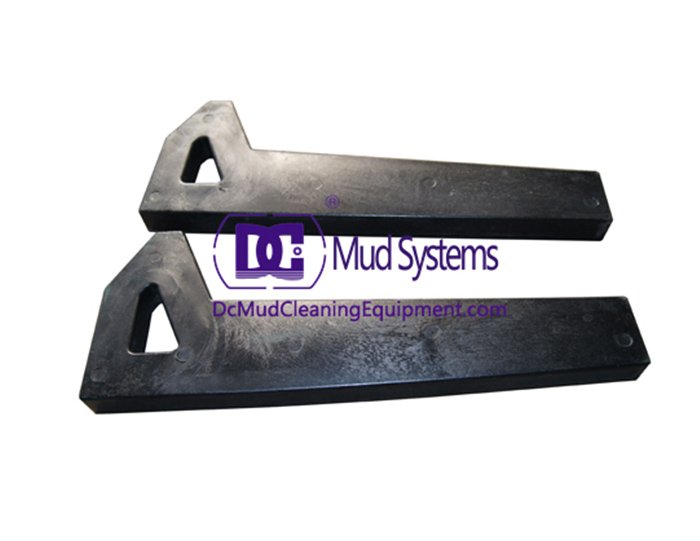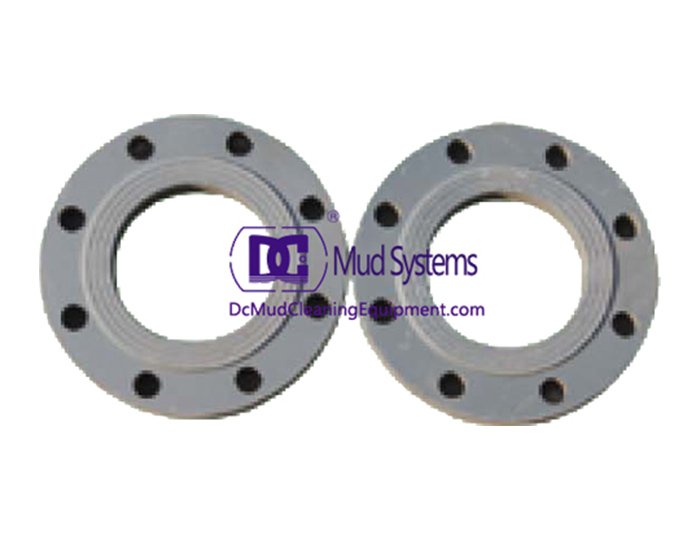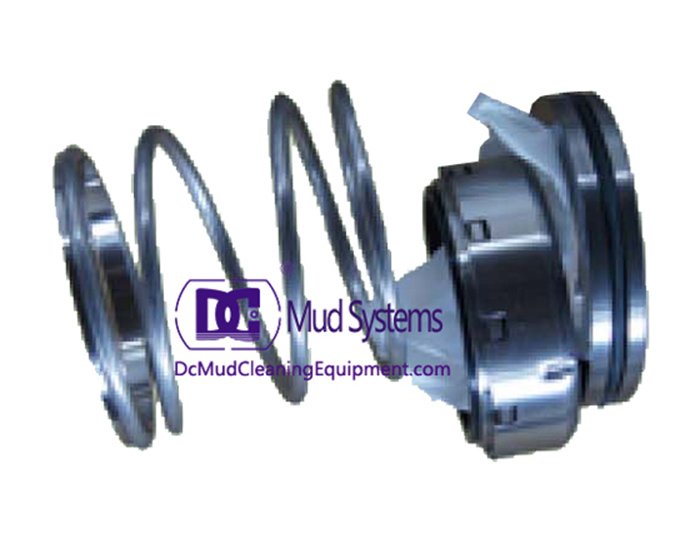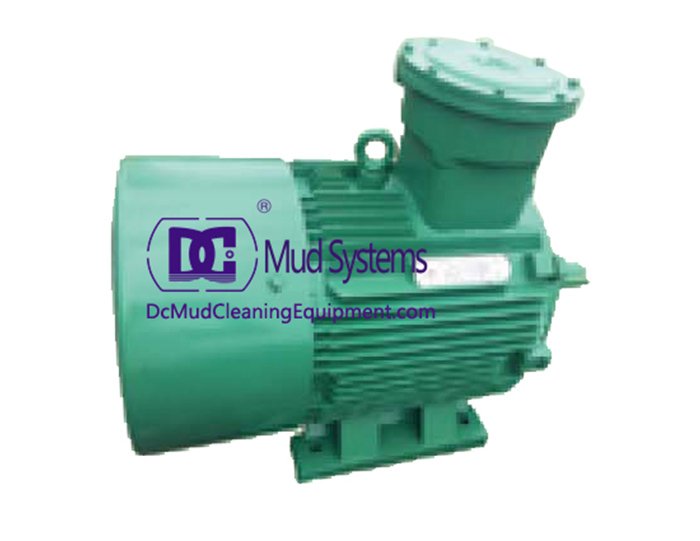Understanding Centrifugal Pump Seal Types A Comprehensive Overview
Centrifugal pumps are integral components in various industries, from water treatment to chemical processing. They facilitate the movement of fluids by converting rotational energy into hydrodynamic energy. However, ensuring the efficiency and reliability of these pumps goes beyond just their mechanical design. A critical aspect that must be considered is the type of seal used within the pump system. The seal plays a vital role in preventing fluid leakage, maintaining pressure, and safeguarding against contamination. This article delves into the various types of seals used in centrifugal pumps, highlighting their applications, advantages, and limitations.
Mechanical Seals
Mechanical seals are among the most common types used in centrifugal pumps. They consist of two primary components a rotating face and a stationary face. When the pump operates, these faces come into contact, forming a barrier that keeps the fluid contained within the pump casing. Mechanical seals are known for their ability to withstand high pressures and temperatures, making them ideal for demanding applications.
Advantages
- They offer lower leakage rates compared to packing seals, thus enhancing the overall efficiency of the pump.
- They reduce the maintenance frequency, as they typically have a longer lifespan when maintained correctly.
Limitations
- Mechanical seals can be more expensive to install initially and may require specialized installation procedures.
- In aggressive or high-viscosity fluids, they may face wear and tear issues over time.
Gland Packing Seals
Gland packing seals, or packing seals, are a traditional sealing method used in centrifugal pumps. This type involves packing material (usually made from graphite, PTFE, or other materials) that is compressed around the pump shaft. As the pump operates, the packing material adjusts to the shaft\'s movement, creating a seal.
Advantages
- Gland packing seals are relatively inexpensive and easy to install.
- They can handle a broader range of fluids, including slurries and bulk materials.
Limitations
- They often require more maintenance and adjustments, leading to potential downtime in operations
.
- Gland packing seals can leak more than mechanical seals, impacting the pump\'s efficiency and environmental safety.
centrifugal pump seal types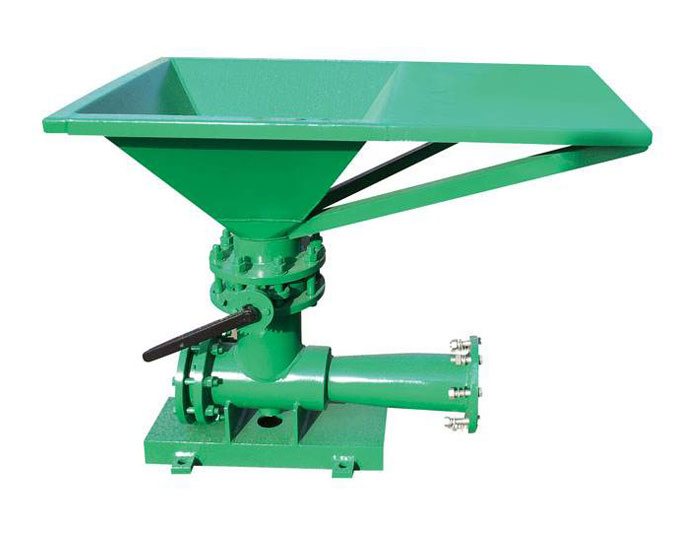
Magnetic Seals
Magnetic seals are a relatively new technology in centrifugal pump sealing. They use magnetic fields to create a tight seal between the rotating and stationary components of the pump. The absence of contact reduces wear and tear significantly, which often translates into longer service life.
Advantages
- They eliminate the risk of leakage, making them suitable for hazardous fluids.
- Minimal maintenance is required, contributing to lower operating costs.
Limitations
- Magnetic seals can be expensive to install and are not commonly found in all types of centrifugal pumps.
- Their performance can be affected by external magnetic fields or contaminants, which can impact the sealing effectiveness.
Lip Seals
Lip seals are another type of sealing mechanism used in centrifugal pumps, primarily designed to keep fluids contained while allowing for some movement. They consist of a flexible lip that presses against the shaft, creating a barrier against leaks.
Advantages
- Lip seals are versatile and can be utilized in a wide range of applications, including low-speed pumps.
- They are relatively simple to install and replace.
Limitations
- They may not provide suitable sealing for high-pressure environments.
- Like gland packing, they can also experience wear and may require frequent replacement.
Conclusion
Selecting the appropriate seal type for a centrifugal pump is crucial for operational efficiency, safety, and maintenance considerations. Each type of seal—mechanical seals, gland packing, magnetic seals, or lip seals—has unique advantages and limitations that make it suitable for specific applications. Understanding these differences helps engineers and operators make informed decisions tailored to their operational needs. In the continuous quest for enhanced efficiency and reduced environmental impact, the evolution of sealing technologies will undoubtedly continue, influencing how we approach centrifugal pump design and maintenance in the years to come.
 Linear Motion Shale Shaker In Drilling Rig
Linear Motion Shale Shaker In Drilling Rig 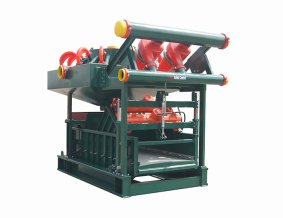 Oilfield Mud Cleaner
Oilfield Mud Cleaner 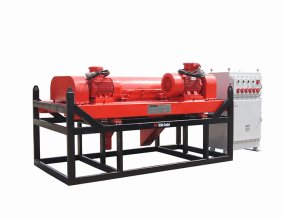 Drilling Fluid Decanter Centrifuge
Drilling Fluid Decanter Centrifuge Drilling Mud Desander
Hydrocyclone Desilter
Centrifugal Pump/Centrifugal Mud Pump
Shear Pump
Jet Mud Mixer
Horizontal Mud Agitator
Constant Pressure Drilling Fluid Mud Gas Separator
Mud Gun
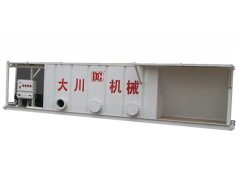 Mud Tank
Mud Tank Solids Control System Vacuum Degasser
 Flare Ignition Device
Flare Ignition Device  Diesel Tank
Diesel Tank  Submersible Slurry Pump
Submersible Slurry Pump 



